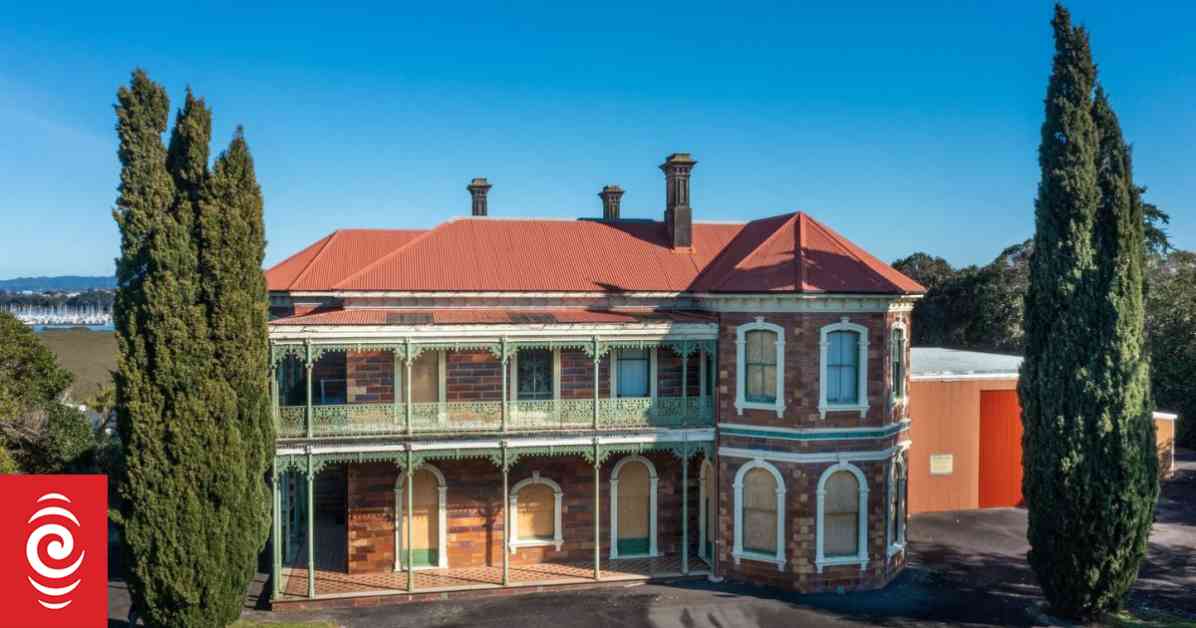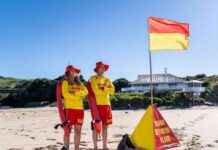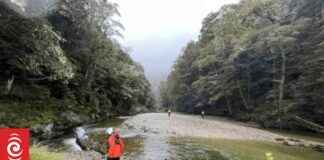The historic Clark House in Auckland’s Hobsonville, once owned by royalty, has been the center of attention with its recent sale. The property gained notoriety in late 2022 due to its unique former owner – Her Majesty the Queen, who passed away earlier that year. The idea that the sovereign held ownership of the West Auckland property captured headlines, especially with King Charles III taking the throne around the same time.
However, despite the initial buzz surrounding the royal connection, it was revealed that neither the King nor the Queen individually owned the property. Instead, the title was listed under the Crown, with the New Zealand Defence Force utilizing the estate for RNZAF operations from 1950 until 2016. Previously listed for over $5.2 million, the 1.9-hectare estate holds a current valuation of $16.58 million, with a prestigious category 1 Historic Places listing.
The final sale price of the Clark House has not been disclosed to the public, according to Harcourts agents who spoke to the property news website OneRoof. Built in 1902 by English ceramics entrepreneur Rice Owen Clark II, the Italianate-style villa served as a showcase for his company’s innovative glazed, hollow ceramic blocks. The residence featured ornate iron-lace verandas, considered among the most exquisite in New Zealand, along with a variety of visually captivating interior designs, including intricate decorative tilework and elaborate kauri ceilings.
Historical records indicate that the Clark family resided in the house until 1950 when they sold it to the Crown for £8000. Subsequently, the RNZAF repurposed the property as a Task Force Headquarters, hosting significant Cold War meetings, such as the 1955 South East Asian Treaty Organisation (SEATO) conference.
In 1967, the house became the home of the Aviation Medicine Unit, with a newly constructed annex housing the RNZAF’s sole decompression chamber. The estate, in need of restoration, features 10 spacious rooms, stained glass windows, and a grand staircase, preserving its historical charm and character.
Onekiritea, also known as the Hobsonville Peninsula, carries deep cultural significance for Te Kawerau ā Maki, the indigenous people who inhabited the area prior to European settlement. The region’s cultural and ancestral importance is evident in place names like Te Waiarohia o Ngāriki, Tahingamanu, and Te Taungaroa, highlighting its role as a vital site for fishing, food gathering, and kūmara cultivation. Since the Crown acquired the land in 1853, it was subdivided and sold to European settlers like the Clark family.
The legacy of the Clark House in Hobsonville stands as a testament to the rich history and cultural heritage of the area, blending old-world charm with modern significance. The sale of this iconic property marks the beginning of a new chapter, preserving its storied past while embracing the promise of the future.
Remember to sign up for Ngā Pitopito Kōrero, a daily newsletter curated by our editors and delivered straight to your inbox every weekday.

















